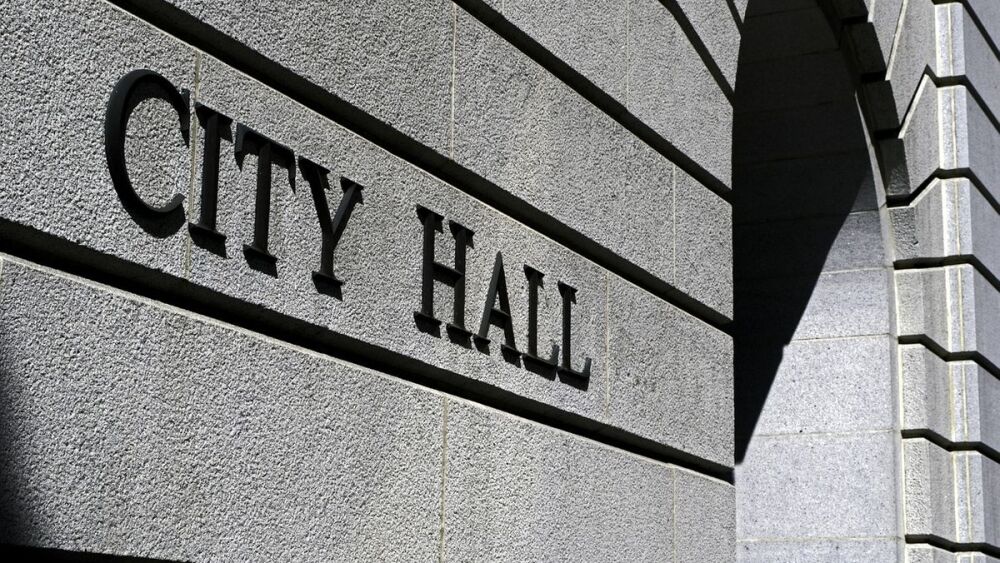By Thomas McMullan
The Guardian
There are two cities. There’s a city of people and cars, and a city of ones and zeros. This second city, this invisible city, grows with every tap-in, opt-in, jump-in, check-in, sign-up and tick-off. Every added location, pinned photo, Uber ride, Twitter post, every Tinder date builds up the city’s roads, nodes and alleyways. With every byte the invisible city swells.
How can we make the data-driven city a place for humans? How can we make sense of invisible structures and use technology to not only increase productivity and efficiency, but challenge power structures, foster communities and make space for individual voices? An increasing number of writers and artists are exploring these questions, in ways that range from telling stories through location tracking to using smartphones to infiltrate the financial industry.
In 2013, Sam Hill’s company Pan Studios, co-run with Ben Barker, set up a project called Hello Lamp Post in Bristol which lets people have SMS conversations with post boxes, bus stops and other street objects. To do this, the company hijacked the existing infrastructure of reference numbers found on the objects and used it to relay text messages.
Read full coverage here.


